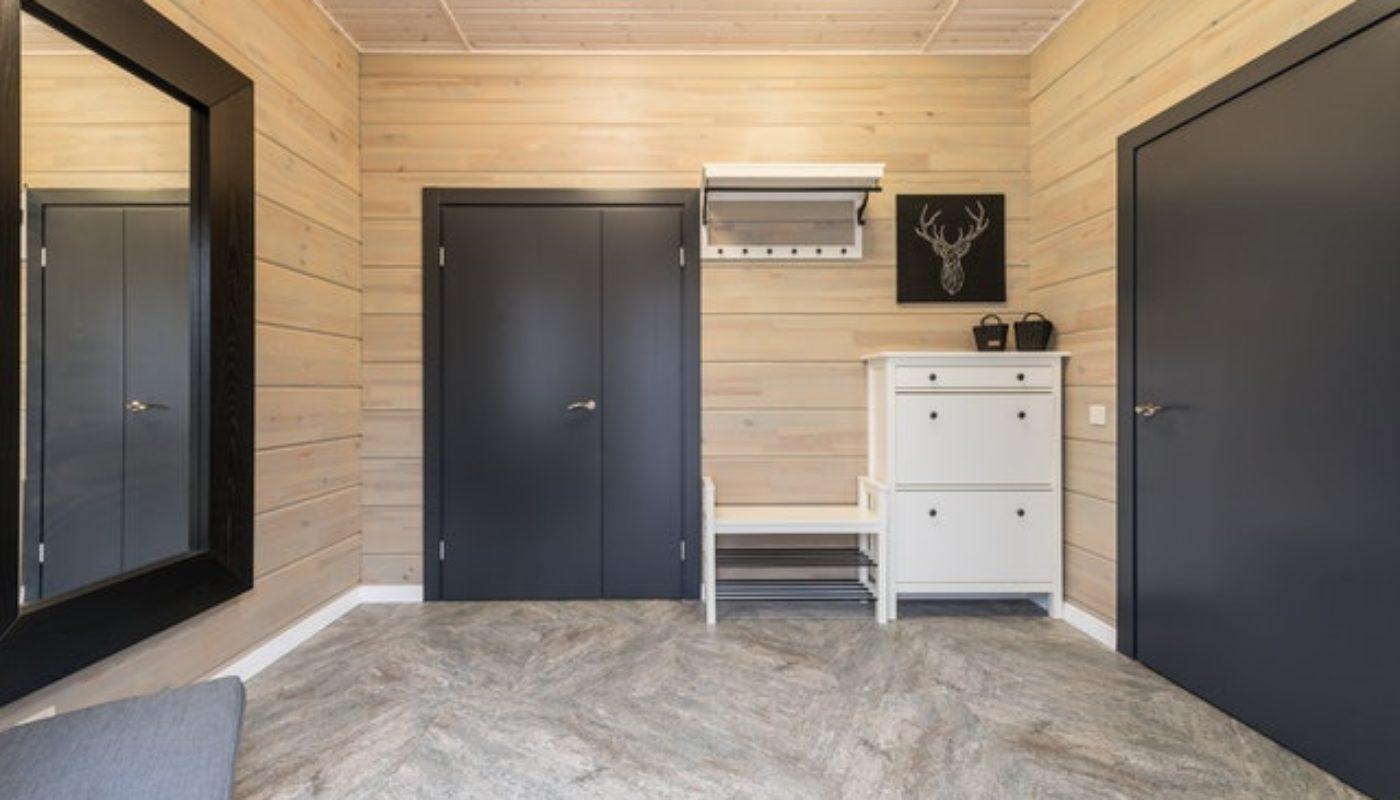Building a house is an energy- and time-consuming task that involves great money expenses on all possible types of materials required for making everything perfect. Therefore, many people search for alternative ways to build a house. The modern market offers some new technologies that allow you to reduce both time and costs required for making a house. SIP panels (Structural Insulated Panels) are one of the most widespread options nowadays. They have changed the way people build their houses, just like a dissertation writing service in US has changed the way students cope with assignments in their academic institutions. However, both cases have a wide range of pros and cons that is worth considering beforehand not to find yourself in an unpleasant situation. That’s why we’ve decided to sort things out and discuss key aspects you should pay attention to before you start using SIP panels for building.

What Are SIP Panels?
Before we proceed to discuss the advantages and drawbacks of using this innovative technology, it is worth specifying what SIP panels are. Well, in a nutshell, they represent foam or polystyrene rigid panels sandwiched between OSB (oriented strand board). You can easily slot them together to make a wall or a floor. They represent a perfect solution for creating an acoustic and insulation barrier. Besides, unlike many other building materials, they can boast of a structural element and additional flexibility required for building design. They have been there for about thirty years already, but they started gaining momentum only about ten years ago. You will need some additional time to go deep down the question and examine all its weak and strong sides. If you have a tight schedule because of the college workload, you can reach out to the fast essay writing service and help yourself find more free time.
Key Advantages of SIP Panels
SIP panels have become widespread for a reason, so we’ll highlight the key moments why they can become a great choice for you. However, don’t forget to examine the downsides of this question to be one hundred percent sure it is worth giving them a try.
Increased stiffness
SIP panels are extremely strong thanks to the way of production. In other words, the combination of the foam and OSB panels from both sides makes them more rigid. If you compare it with an ordinary timber frame, you will see that it is about six times stronger. That’s why it is a wonderful option for making a floor, for example.
Flexibility
SIP panels accommodate greater spans of walls in comparison with a usual construction. Safety standards claim that your walls should be no higher than a three-floor building. However, you can get larger rooms with the help of SIP panels’ construction.
Less money- and time-consuming option
SIP panels are manufactured off-site in most cases, so everything you need is to bring them home and crane them into place. It means that you will need less time and money to build a house. Thus, considering overall expenses, the usage of SIPs makes the building process more affordable.
Fire resistance qualities and absence of pests
Unlike natural materials, SIP panels are not prone to pests. Besides, numerous tests have shown that they are quite fire-resistant, so you don’t have to worry about this aspect.
Improved thermal performance
The correct installation of SIP panels provides improved thermal performance compared to fiber-insulation, for example. Thus, if you live in a place with a cold climate, they can become a great choice.
Key Disadvantages of SIP Panels
Despite all the pros of SIPs that make them an appealing option for building a house, a wide range of drawbacks may tip the scale for some people. So, you should carefully weigh all the pros and cons.
Additional ventilation required
The very construction of SIP panels suggests that heat will be trapped inside your building. It means that you will have to create additional ventilation to avoid condensation and mold that can destroy panels in the long run.
Impossibility to make changes
You must be 100% sure about the design of your house since you will not be able to change anything after you place an order and get prefabricated panels. Thus, you can change only the interior design inside the house.
Poor quality
All the advantages of SIP panels can become available only if you get high-quality materials. Unfortunately, the modern market is full of scammers who will sell you cheap panels at a great price. Thus, you will have to spend time finding a trustworthy manufacturer who will provide you with a quality product.
Poor water-resistance
You should make sure your panels will not get wet. Otherwise, they will start tumbling down very quickly. It will result in the rot outer wood and delamination of the composition. As a result, your home insulation and structure will be destroyed.
Additional insulation required
Despite all the impressive thermal characteristics of the material, one shouldn’t forget that gaps between the panels can deprive you of a successful outcome. In addition, it is extremely hard to install everything perfectly, so you may have to cover costs for additional insulation.





